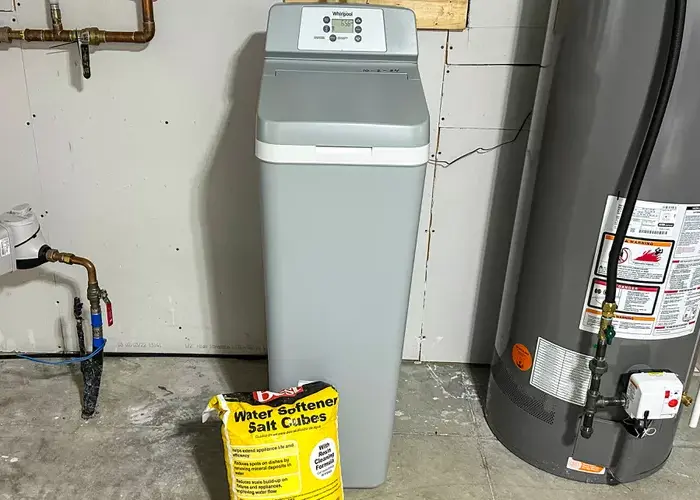In this way, RO filters provide a highly effective method for producing clean, pure drinking water.
The process behind reverse osmosis is based on the principle of osmosis, a natural process that occurs when water moves from a less concentrated solution to a more concentrated one through a semi-permeable membrane. In the case of reverse osmosis, pressure is applied to the concentrated side of the membrane to reverse the direction of the water flow. The water molecules are forced through the membrane, leaving the contaminants and impurities behind.
Reverse osmosis water filters typically consist of multiple stages, including a pre-filter stage to remove larger particles and debris, followed by the RO membrane stage where the reverse osmosis process takes place. The water is then further purified by post-filter stages to remove any remaining impurities and to adjust the pH and mineral balance as desired.
The semi-permeable membrane used in reverse osmosis water filters is made of a special material that is highly effective at removing a wide range of contaminants and impurities, including dissolved salts, metals, bacteria, and other organic matter. The pores in the membrane are extremely small, typically around 0.0001 microns, which makes it possible to remove even the smallest particles.
One of the benefits of reverse osmosis water filters is that they are highly efficient and produce a large volume of purified water with very little waste. In fact, the average efficiency of an RO filter is around 75-80%, meaning that a large percentage of the water that is treated is actually clean and safe to drink. Additionally, the process is highly repeatable and consistent, so the quality of the water produced by an RO filter is very stable over time.
In conclusion, the science of reverse osmosis water filters is based on the principle of osmosis, and it provides a highly effective method for producing clean, pure drinking water. The semi-permeable membrane used in RO filters is highly effective at removing a wide range of contaminants, and the efficiency of the process is high, making it a popular choice for home and commercial applications alike.








